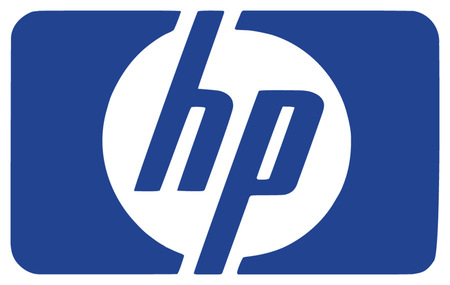According to a report on The Register, Hewlett Packard CEO Meg Whitman has publicly stated that HP will enter the 3D printing market in 2014. Some intriguing quotes:
- We are excited about 3D printing. We want to lead this businesses. HP labs is looking at it.
- To print a bottle can take eight to ten hours. That’s all very interesting, but it is like watching ice melt
- 3D printing is in its infancy. It is a big opportunity and we are all over it. We will have something by the middle of next year
- How do we commercialize to print faster, at lower price points?, To enable service providers?
- It will be a “new technology”
The Register adds that “Whitman feels 3D printing’s knee is around three years off”.
This could be big news. As you may recall, this would be the second time HP has poked at the 3D printing market. Previously, they had a deal with Stratasys to resell the uPrint 3D printer under an HP label, but the relationship ceased as HP appeared to not make sufficient sales.
So what’s changed? We suspect that HP engineers, once exposed to the 3D print space via the Stratasys experience, started secretly working on their own 3D printing process in HP’s vast laboratories.
We have no information about HP’s approach, but from the quotes we can speculate that:
- The machine will be priced for commercial use, not personal use – meaning a price of at least USD$5K and more likely USD$15-20K.
- The machine will use a new process (while Stratasys’ FDM patent has expired, HP will not use that tech because it is too slow, if you accept Whitman’s quote)
- The HP machine might use a resin process, which can be faster than plastic extrusion
Starting the HP monitor…
Via The Register (Hat tip to James)



The easiest way to accelerate 3D mono-color printing is to have hot-dot printers have 2 active print heads. The Fine Detail Print Head one has the smallest diameter for curved edges. The second Low Detail Print Head is a standard size diameter for undetailed infill.
Think of this like making a model from a box of Lego bricks.
Low Detail Print Head makes the crude, but fast stair steps while the Fine Detail Print Head fills in the low-detail stair steps with high-accuracy curves. Logically, the Fine Detail Print Head should be used for any sharp edges like box corners.
Since the Low Detail stair steps are quick to print, but a totally Fine Detail Print is dead slow, the result is an optimized print speed which only has slowdowns when hitting the Fine Detail curves & sharp corners.